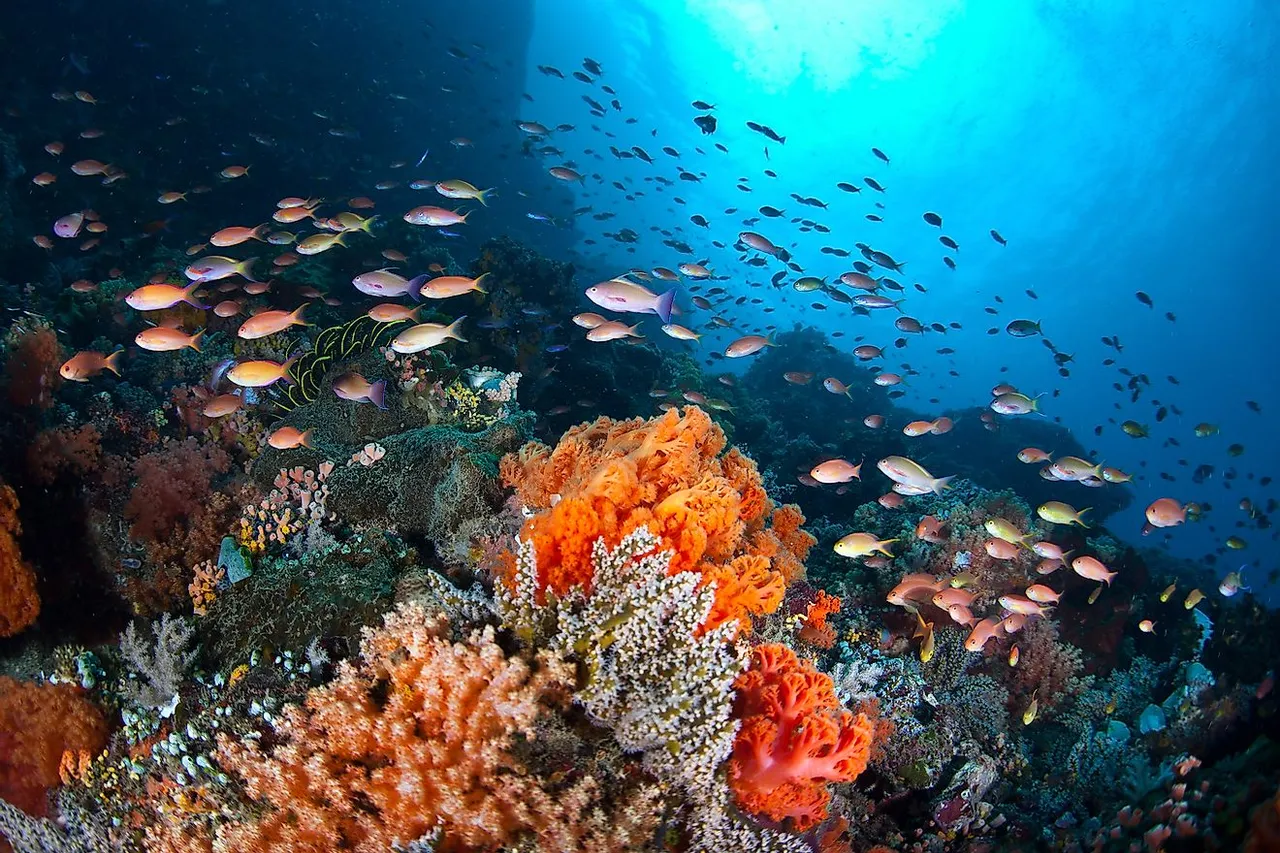
An ecosystem is a community of living and non-living things that interact with each other and their environment. It includes plants, animals, microorganisms, soil, water, air, and other components that work together to create a self-sustaining system.
In an ecosystem, each living thing plays a specific role, and the interactions between them are essential for the survival and functioning of the system as a whole. For example, plants provide food and shelter for animals, while animals help to pollinate plants and disperse their seeds. Microorganisms, such as bacteria and fungi, break down organic matter and recycle nutrients, while soil and water provide the necessary medium for plants and animals to grow and thrive.
Ecosystems can be found in various forms and sizes, from small ponds and forests to vast deserts and oceans. They can also be classified based on their location, such as terrestrial ecosystems (land-based) or aquatic ecosystems (water-based).
The balance and health of an ecosystem are critical for the well-being of the organisms that live within it. Any disruptions, such as the introduction of invasive species or pollution, can have significant impacts on the ecosystem's functioning and the survival of its components.
Understanding and preserving ecosystems are essential for maintaining biodiversity and ensuring the long-term sustainability of our planet. By studying ecosystems, we can learn about the interconnectedness of living things and the importance of protecting and conserving our natural resources.
An ecosystem like a bustling city where different components depend on each other to thrive.
Here's a breakdown of the key aspects of an ecosystem:
Components:
- Biotic factors: These are the living things within the ecosystem, like plants, animals, microorganisms, and fungi. Their interactions, such as competition, predation, and symbiosis, shape the dynamics of the ecosystem.
- Abiotic factors: These are the non-living elements of the environment, like climate, soil, water, light, and nutrients. They influence the distribution and growth of living organisms within the ecosystem.
Key Characteristics:
- Interdependence: All the components within an ecosystem are interconnected and rely on each other for survival. Plants produce oxygen that animals breathe, while animals decompose organic matter, returning nutrients to the soil for plants to use.
- Energy flow: Energy enters the ecosystem through sunlight and flow through the food chain from producers (plants) to consumers (herbivores, carnivores, omnivores). Ultimately, energy is lost as heat at each level.
- Nutrient cycles: Nutrients like nitrogen, phosphorus, and carbon are constantly cycled within the ecosystem. Plants absorb them from the soil, animals consume them by eating plants or other animals, and decomposers break down dead organisms, returning nutrients to the soil.
- Biodiversity: A diverse ecosystem with a variety of species is generally more resilient and stable than one with few species. Different species can fill different niches and contribute to the overall functioning of the ecosystem.
Types of Ecosystems:
There are countless ecosystems on Earth, each with its own unique characteristics. Some common types include:
- Terrestrial ecosystems: These are land-based ecosystems, like forests, deserts, grasslands, and mountains.
- Aquatic ecosystems: These are water-based ecosystems, like oceans, lakes, rivers, and wetlands.
- Freshwater ecosystems: These are ecosystems containing freshwater, like lakes, rivers, and wetlands.
- Marine ecosystems: These are ecosystems containing saltwater, like oceans and coral reefs.
Importance of Ecosystems:
Ecosystems provide us with essential services, including:
- Clean air and water: Plants absorb carbon dioxide and release oxygen, while aquatic ecosystems filter water and remove pollutants.
- Food: Ecosystems provide food for humans and other animals.
- Medicine: Many medicines are derived from plants and other organisms found in ecosystems.
- Climate regulation: Ecosystems playa crucial role in regulating the Earth's climate.
- Recreation and tourism: Ecosystems provide opportunities for recreation and tourism, which can benefit local economies.
